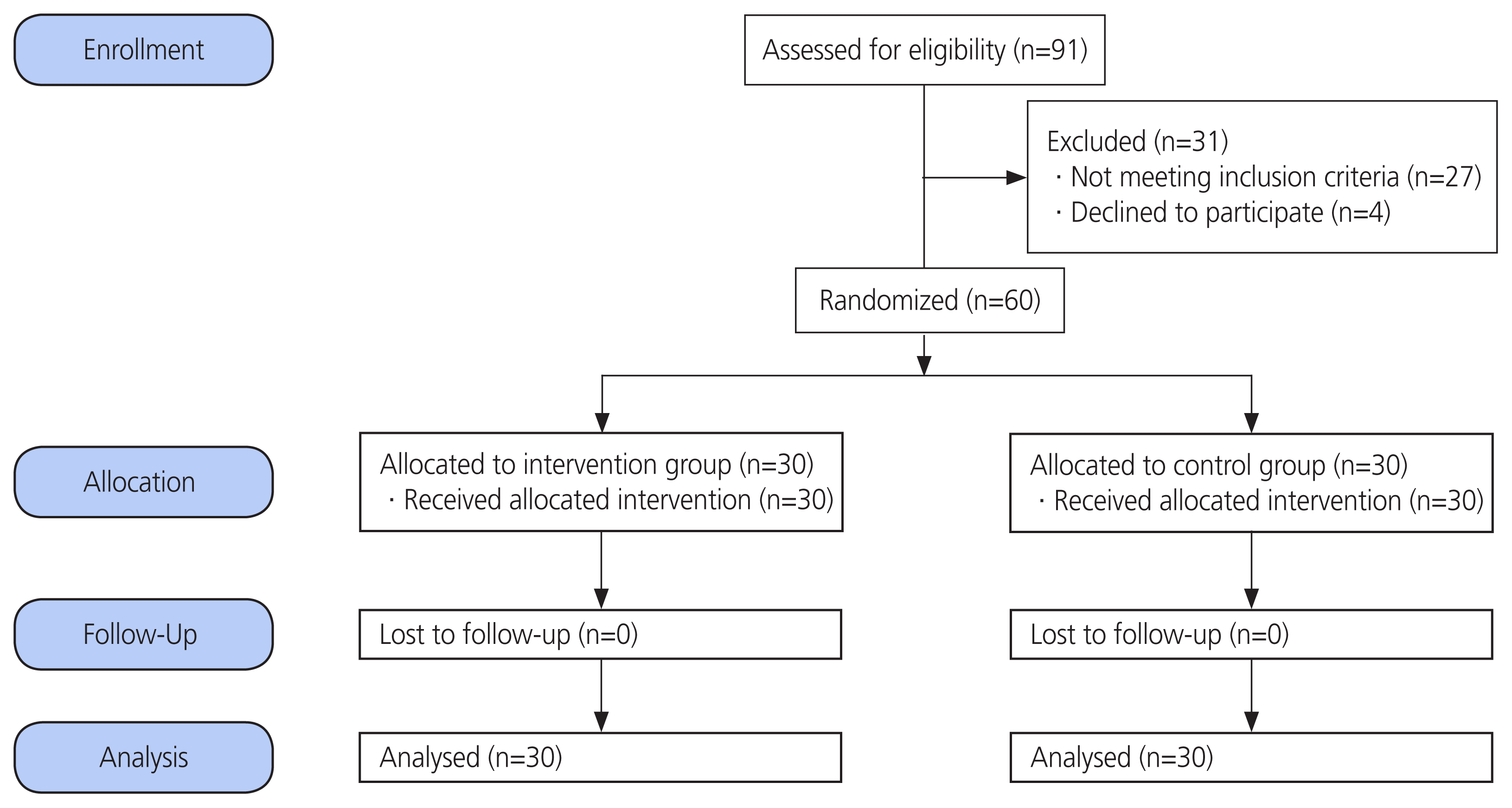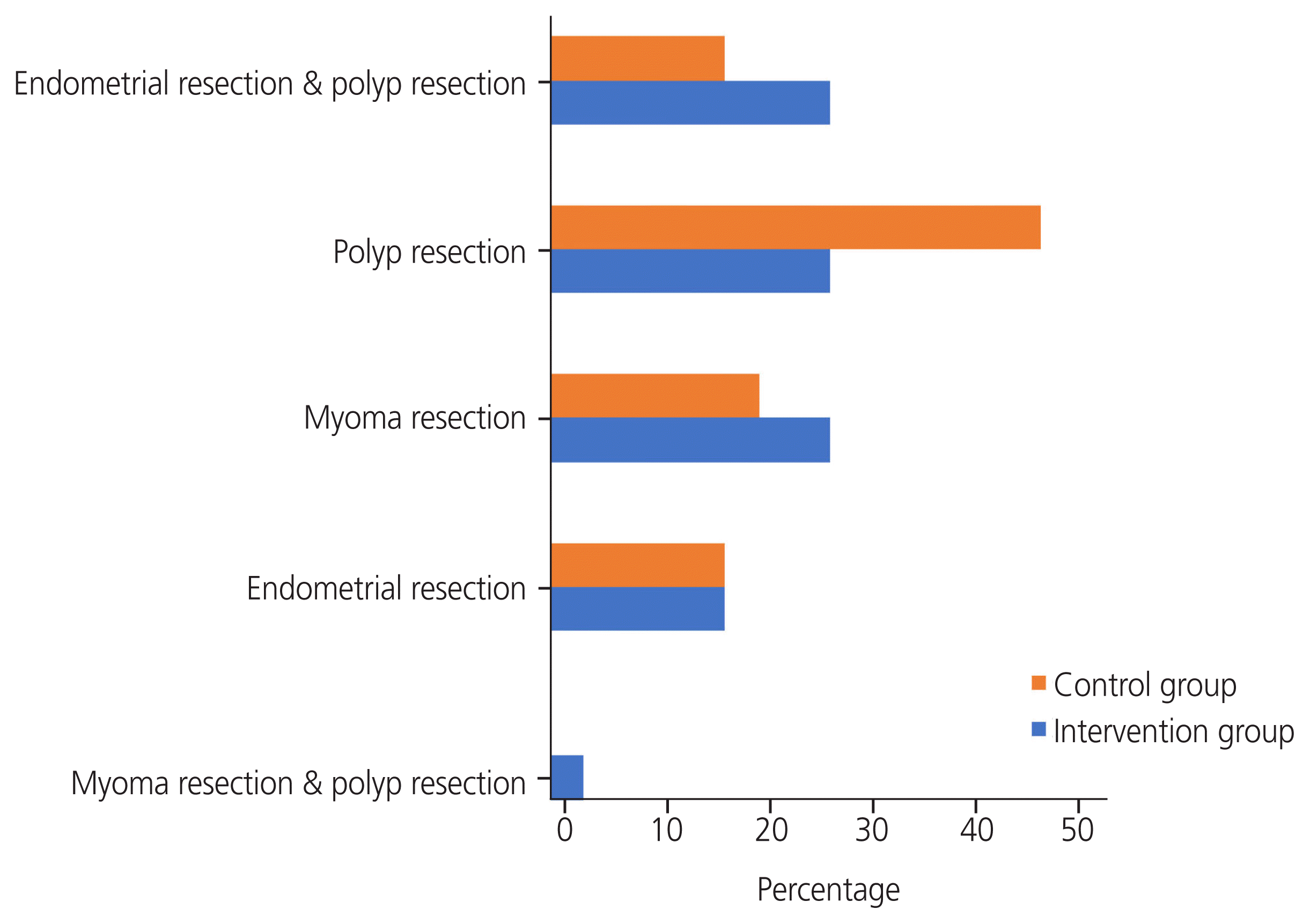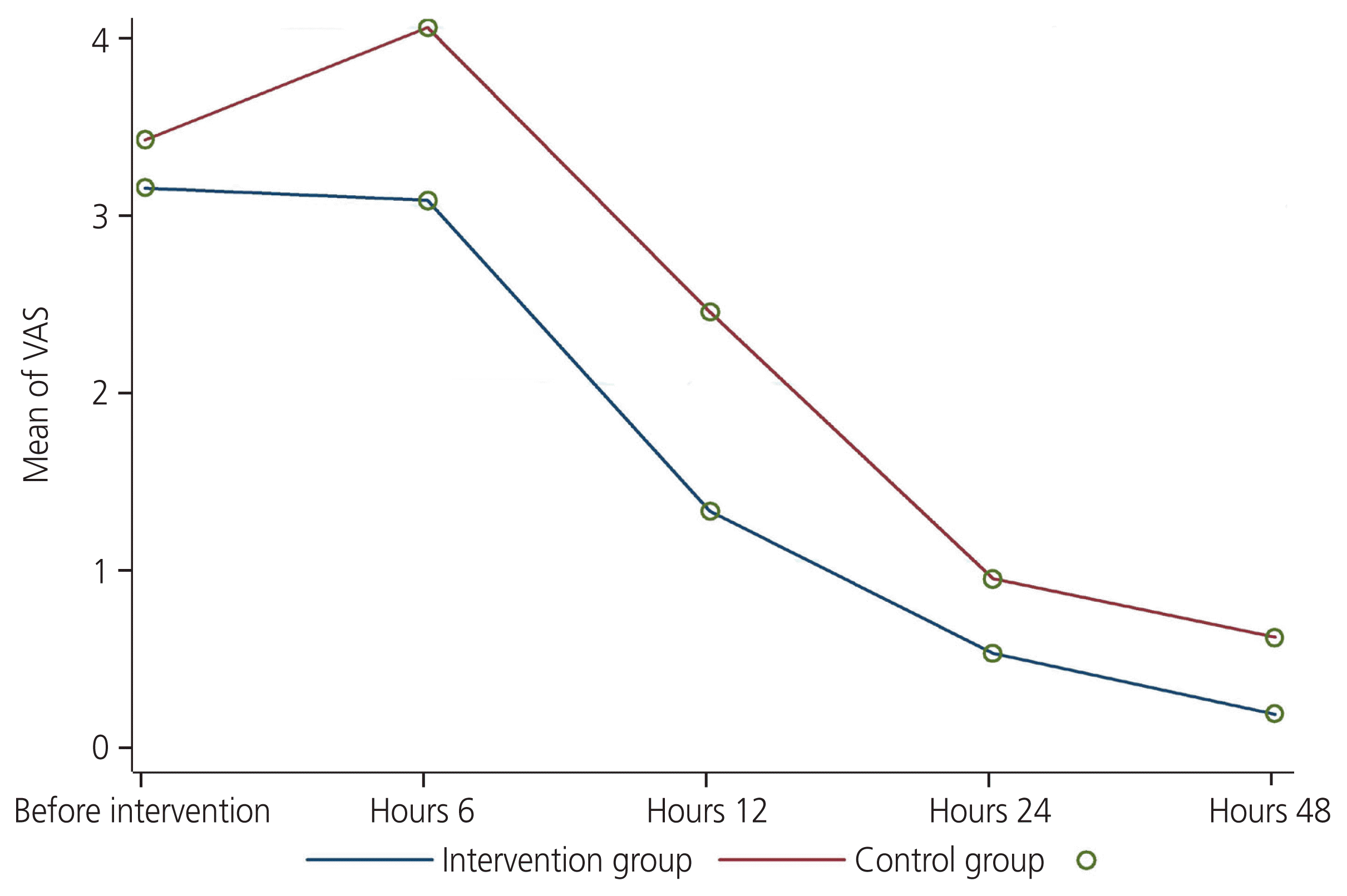1. Gkrozou F, Dimakopoulos G, Vrekoussis T, Lavasidis L, Koutlas A, Navrozoglou I, et al. Hysteroscopy in women with abnormal uterine bleeding: a meta-analysis on four major endometrial pathologies. Arch Gynecol Obstet. 2015; 291:1347–54.
2. van Dongen H, de Kroon CD, Jacobi CE, Trimbos JB, Jansen FW. Diagnostic hysteroscopy in abnormal uterine bleeding: a systematic review and meta-analysis. BJOG. 2007; 114:664–75.

3. Salazar CA, Isaacson KB. Office operative hysteroscopy: an update. J Minim Invasive Gynecol. 2018; 25:199–208.

4. Ma T, Readman E, Hicks L, Porter J, Cameron M, Ellett L, et al. Is outpatient hysteroscopy the new gold standard? Results from an 11 year prospective observational study. Aust N Z J Obstet Gynaecol. 2017; 57:74–80.

5. Zupi E, Luciano AA, Valli E, Marconi D, Maneschi F, Romanini C. The use of topical anesthesia in diagnostic hysteroscopy and endometrial biopsy. Fertil Steril. 1995; 63:414–6.

6. de Carvalho Schettini JA, Ramos de Amorim MM, Ribeiro Costa AA, Albuquerque Neto LC. Pain evaluation in outpatients undergoing diagnostic anesthesia-free hysteroscopy in a teaching hospital: a cohort study. J Minim Invasive Gynecol. 2007; 14:729–35.

7. Evangelista A, Oliveira MA, Crispi CP, Lamblet MF, Raymundo TS, Santos LC. Diagnostic hysteroscopy using liquid distention medium: comparison of pain with warmed saline solution vs room-temperature saline solution. J Minim Invasive Gynecol. 2011; 18:104–7.

8. Mak N, Reinders IMA, Slockers SA, Westen EHMN, Maas JWM, Bongers MY. The effect of music in gynaecological office procedures on pain, anxiety and satisfaction: a randomized controlled trial. Gynecol Sur. 2017; 14:14.

9. Bernatzky G, Strickner S, Presch M, Wendtner F, Kullich W. Music as non-pharmacological pain management in clinics. MacDonald R, Kreutz G, Mitchell L, editors. Music, health, and wellbeing. New York (NY): Oxford Univereity Press Inc;2012. p. 257–75.
10. Singh M, Khan RM, Bano S, Huda W, Hakim S, Grover N. Non-pharmacological relief of acute pain following total abdominal hysterectomy. Can J Anaesth. 2002; 49:530–1.

11. Sohl SJ, Avis NE, Stanbery K, Tooze JA, Moormann K, Danhauer SC. Feasibility of a brief yoga intervention for improving acute pain and distress post gynecologic surgery. Int J Yoga Therap. 2016; 26:43–7.

12. Ahmad G, Attarbashi S, O’Flynn H, Watson AJ. Pain relief in office gynaecology: a systematic review and meta-analysis. Eur J Obstet Gynecol Reprod Biol. 2011; 155:3–13.

13. Cooper NA, Khan KS, Clark TJ. Local anaesthesia for pain control during outpatient hysteroscopy: systematic review and meta-analysis. BMJ. 2010; 340:c1130.

14. De Silva PM, Carnegy A, Smith PP, Clark TJ. Local anaesthesia for office hysteroscopy: a systematic review & meta-analysis. Eur J Obstet Gynecol Reprod Biol. 2020; 252:70–81.

15. Miranda DB, Bastos MM, Govêia CS, Silva RE, Rodrigues FW. Efficacy of ropivacaine versus bupivacaine in preventing peribulbar block failure: a meta-analysis. Efficacy of ropivacaine versus bupivacaine in preventing peribulbar block failure: a meta-analysis. Miranda DB, Bastos MM, Govêia CS, Silva RE, Rodrigues FW, editors. Eur J Ophthalmol. 2021. 31:p. 2731–7.
16. Barel O, Preuss E, Stolovitch N, Weinberg S, Barzilay E, Pansky M. Addition of lidocaine to the distension medium in hysteroscopy decreases pain during the procedure- a randomized double-blind, placebo-controlled trial. J Minim Invasive Gynecol. 2021; 28:865–71.
17. Kabli N, Tulandi T. A randomized trial of outpatient hysteroscopy with and without intrauterine anesthesia. J Minim Invasive Gynecol. 2008; 15:308–10.

18. Foster RH, Markham A. Levobupivacaine: a review of its pharmacology and use as a local anaesthetic. Drugs. 2000; 59:551–79.
19. Kucuk C, Kadiogullari N, Canoler O, Savli S. A placebocontrolled comparison of bupivacaine and ropivacaine instillation for preventing postoperative pain after laparoscopic cholecystectomy. Surg Today. 2007; 37:396–400.

20. Mahomed K, McLean J, Ahmed M, Zolotarev B, Shaddock N. I Intrauterine anaesthetic after hysteroscopy to reduce post-operative pain - a double blind randomised controlled trial. Aust N Z J Obstet Gynaecol. 2016; 56:484–8.

21. Frawley N, Jones R, Pearce D, Vollenhoven B. The effect of intraperitoneal ropivacaine on post-operative pain and recovery after diagnostic laparoscopy and hysteroscopy: a randomised double-blind placebo-controlled trial. Aust N Z J Obstet Gynaecol. 2022; 62:118–24.

22. Yong L, Guang B. Intraperitoneal ropivacaine instillation versus no intraperitoneal ropivacaine instillation for laparoscopic cholecystectomy: a systematic review and meta-analysis. Int J Surg. 2017; 44:229–43.





 PDF
PDF Citation
Citation Print
Print






 XML Download
XML Download